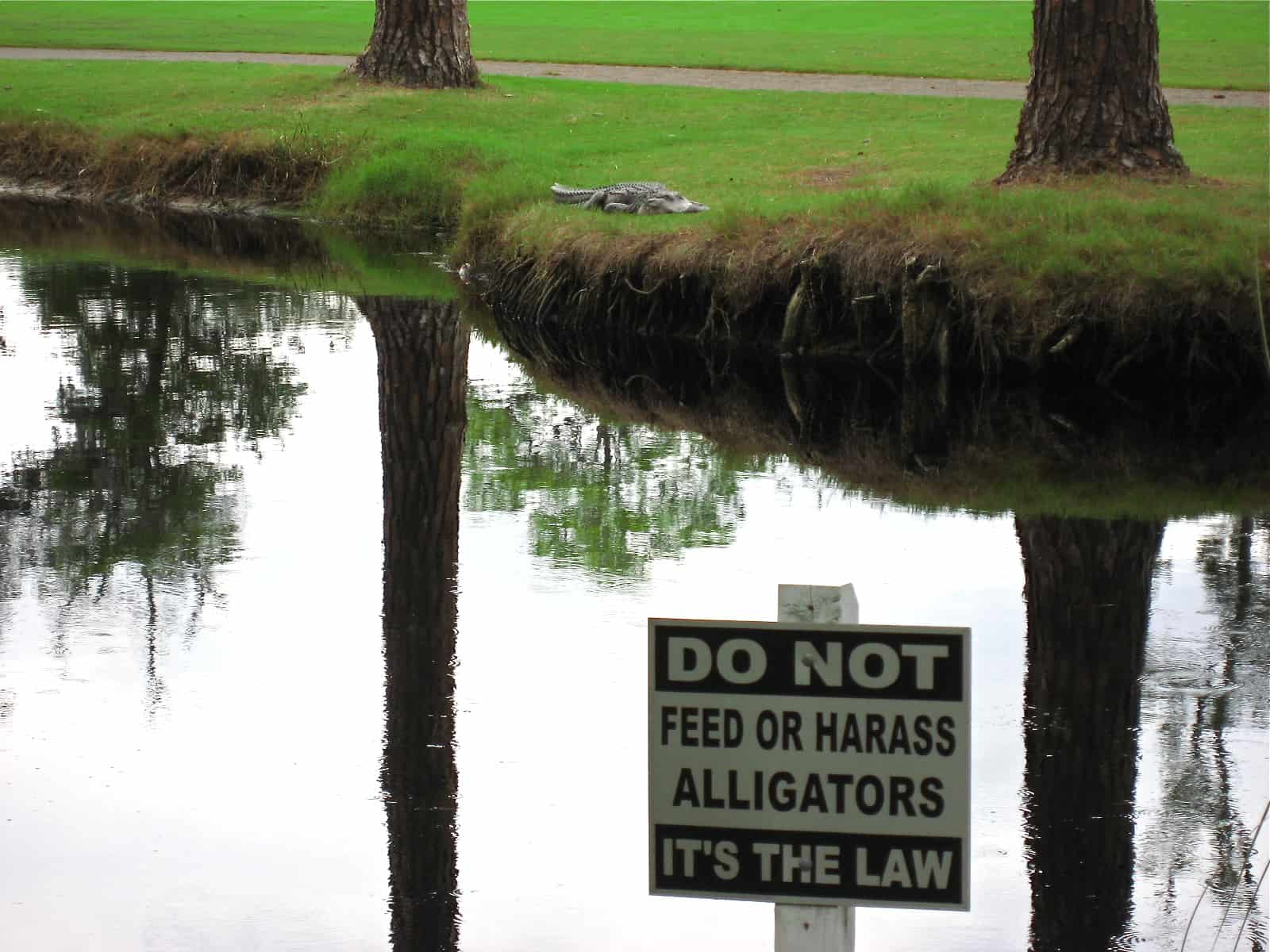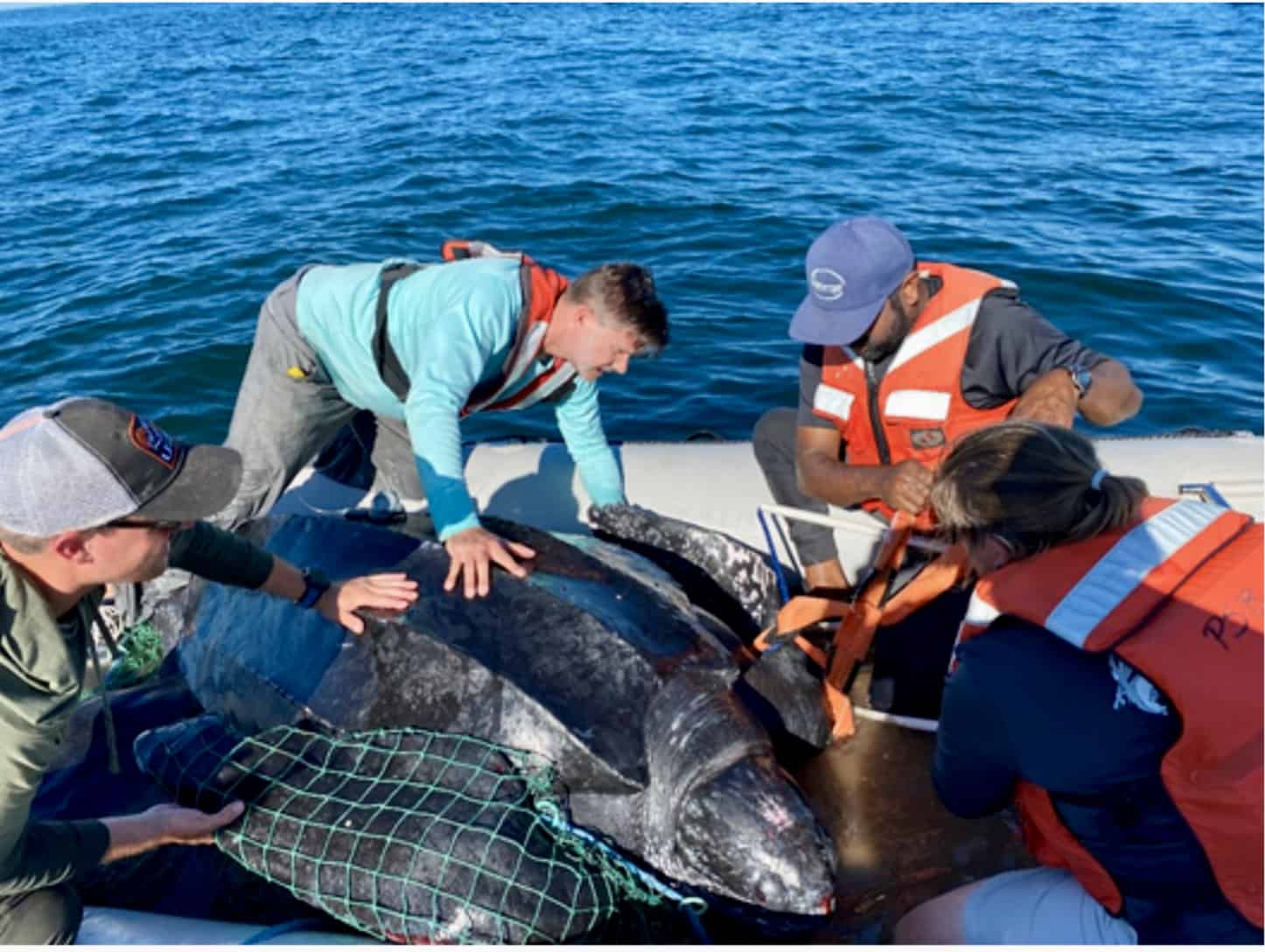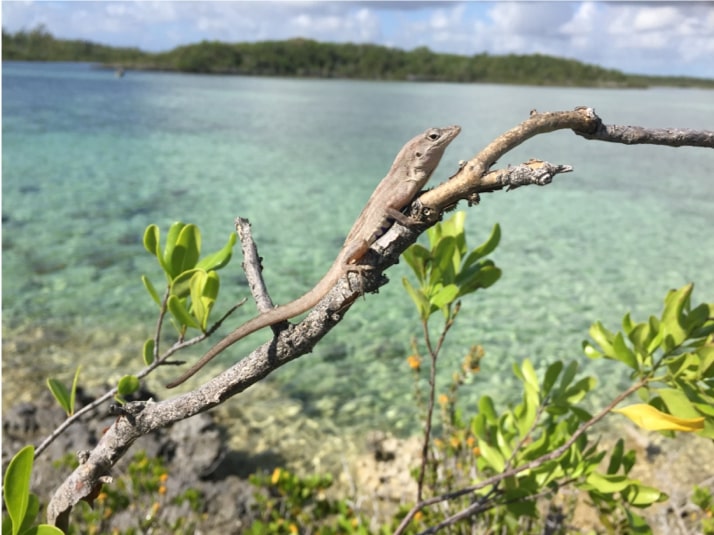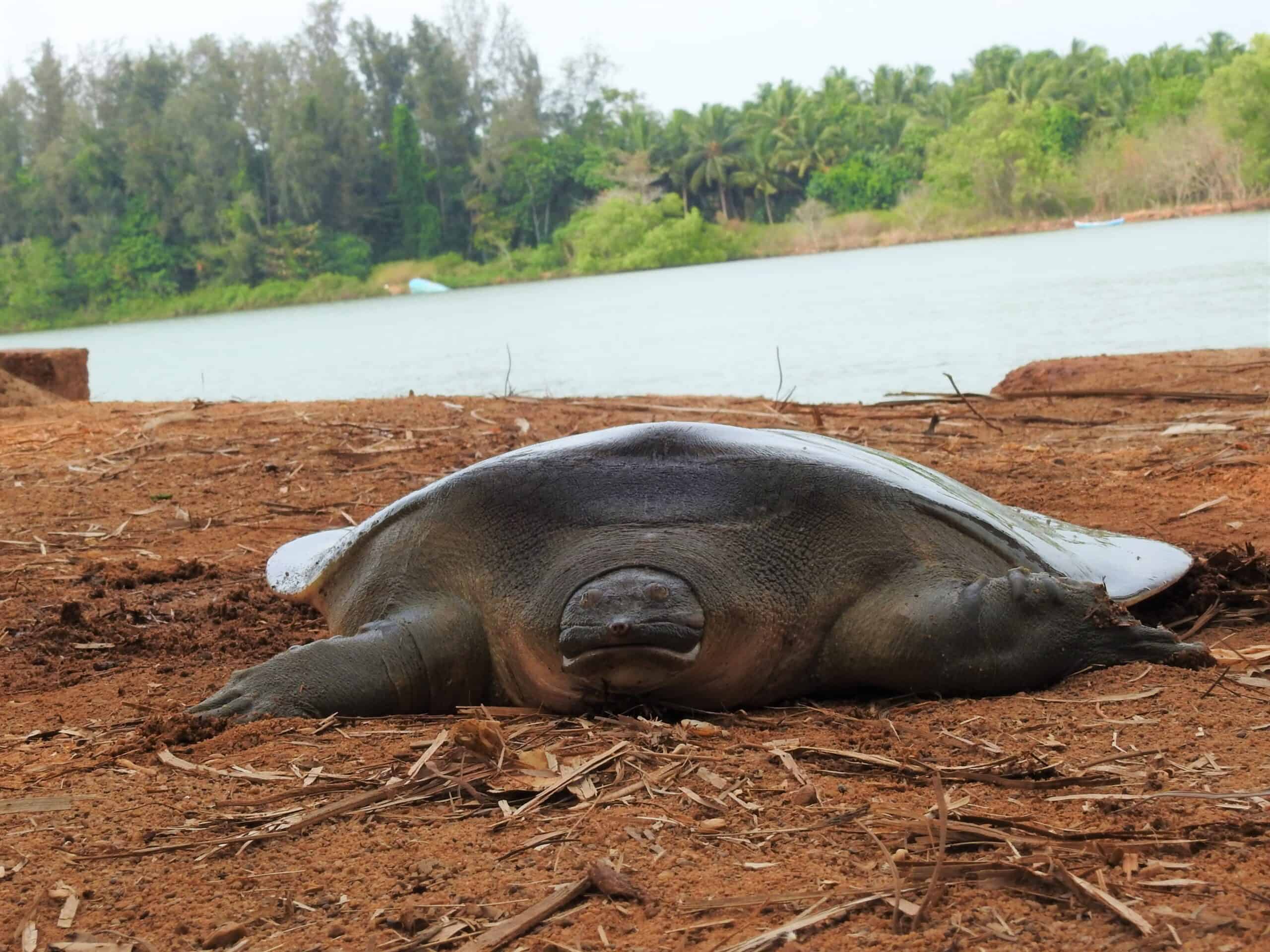Share this article
Wildlife Featured in this article
- American alligator
Golf course gators munch on more spider, insects
Alligators eat more spiders and insects than their non-golf course counterparts
The pace of life on golf courses seems to suit alligators perfectly fine in some ways—especially when there are plenty of water hazards. But the food on the greens has changed the diets of some of the reptiles, from seafood to insects.
“When we, human beings, modify the landscape in a major way by constructing a golf course, we are influencing the diet of these large predators,” said Adam Rosenblatt, an assistant professor of biology at the University of North Florida.
Rosenblatt studies the pressures and changes of urban development on large predators. Alligators (Alligator mississippiensis) are common on golf courses in the southeastern U.S., especially those that have a number of ponds, lakes and other water traps. But, “nobody has ever studied alligators on golf courses,” Rosenblatt said. He wondered how the greens might be affecting their diet.
Rosenblatt led a study on this topic recently in Ecology and Evolution that brought him and his colleagues to Jekyll Island in southeastern Georgia—a resort island with four golf courses and more than 100 resident alligators living on them. In 2019, the team captured 25 juvenile gators, and in 2020, they caught 18.
To conduct their research, they strapped each gator they captured to a wooden board. They then pumped their stomachs by inserting PVC piping into their mouths and slowly pouring water into the pipes. Finally, they used a kind of Heimlich maneuver movement to bring out the stomach contents.
“It’s a very exciting process,” Rosenblatt said. Once they had a bucket full of gator vomit, they took it to the lab to analyze it more closely.
Rosenblatt’s colleague James Nifong at the University of Florida had previously conducted a study using the same technique on alligators he captured on nearby Sapelo Island, an area with few people and no golf courses, at the same time of year in 2009 and in 2010. Though there was a decade between the two studies, Rosenblatt said that no major landscape disturbances or developments had resulted in significant changes at either Jekyll or Sapelo. The team used the data from juveniles captured in this earlier study to compare to the golf course juveniles.
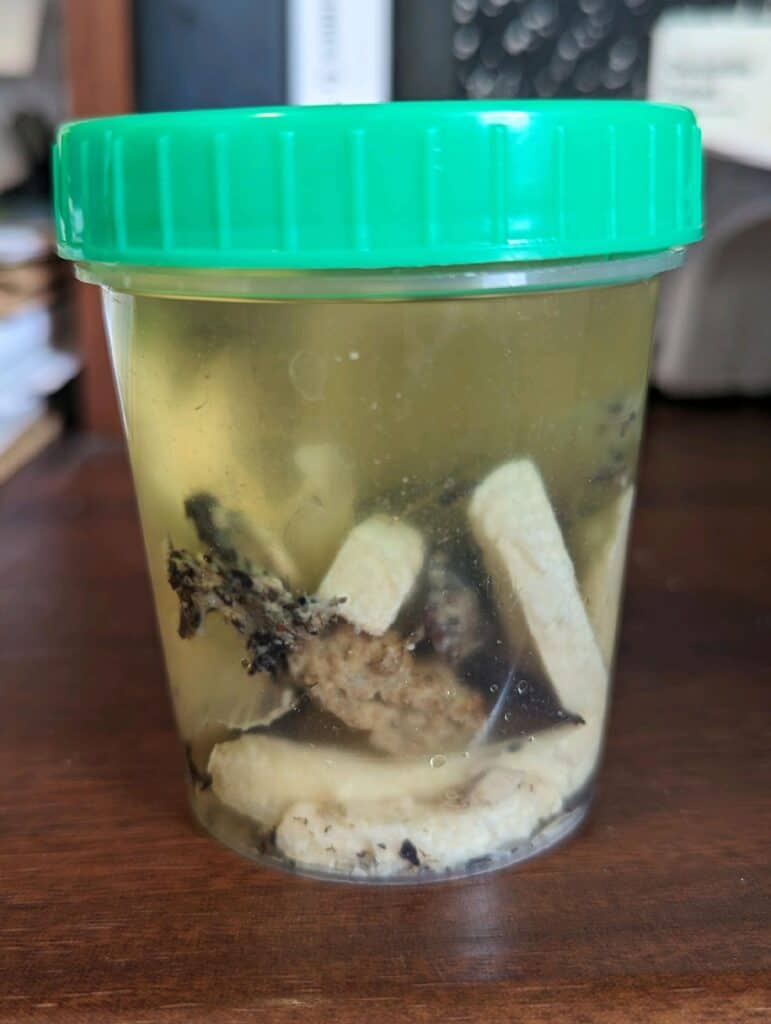
Golf course diet
The researchers found that the gators on Jekyll had eaten a few more strange food items than those on Sapelo. Rosenblatt found french fries and bits of hamburger—cheese, bun and pickles included—in one gator. “[Someone] either forgot their leftovers on the ground or decided to throw them in the nearby water body,” Rosenblatt said. “[The gator] had probably just eaten it in the past hour or so before we pumped its stomach.”
Another had eaten a whole bunch of canned corn—Rosenblatt speculated that it came from someone who poured it on the ground trying to attract other wildlife like deer or birds.
“I was disappointed,” Rosenblatt joked. “I thought we were going to find some golf balls.”
The earlier surveys on Sapelo didn’t turn up any of these kinds of strange food items. In fact, the gators there mostly ate crustaceans. This diet usually comes from the way they use their territory—the Sapelo gators often move between freshwater ponds on the island and the saltwater on the coast, where they find abundant crabs.
Meanwhile, the golf course gators’ diets included a much heavier portion of arthropods—mostly beetles and giant water bugs, with some other insects and spiders.
Rosenblatt isn’t completely sure why, but he said the golf courses might attract these kinds of insects, providing a steady source of food for gators. With the “abundant prey and these freshwater ponds just sitting there,” Rosenblatt said, it makes sense why the gators choose these areas.
The golf courses may change the way water flows on Jekyll Island, which could reduce the number of crabs. At the same time, golf courses are often treated with pesticides, which could be reducing crab numbers on the greens. They could also be getting into beetles and water bugs the gators eat in large numbers. These chemicals may bioaccumulate in the bodies of these alpha predators, but further research would be needed to confirm this.
The researchers aren’t sure whether this change in diet is good or bad. Most of the gators that live on golf courses don’t move around as much as the ones on Sapelo, so in some sense, they might be getting the food they need. And it’s not as if juvenile gators elsewhere don’t eat arthropods, albeit in different quantities. “I don’t think they are necessarily worse off,” Rosenblatt said of the golf course gators.
Header Image: Credit: carlfbagge



